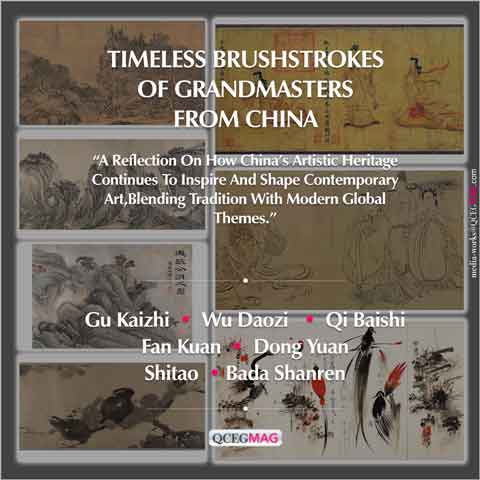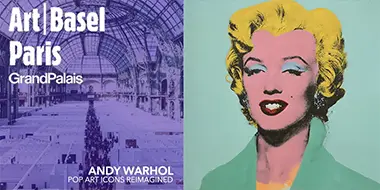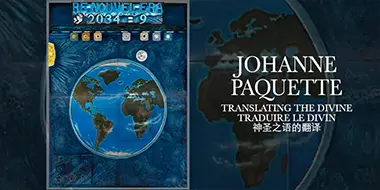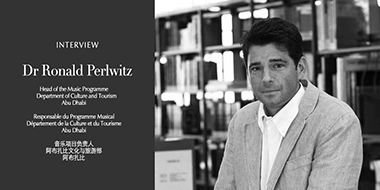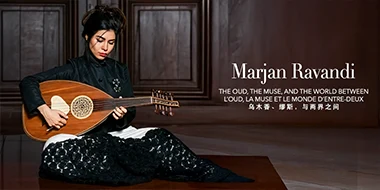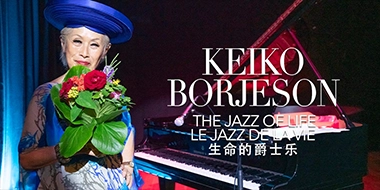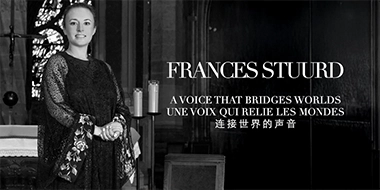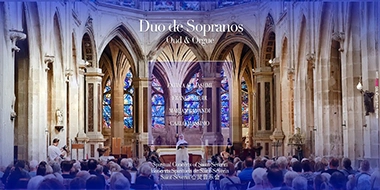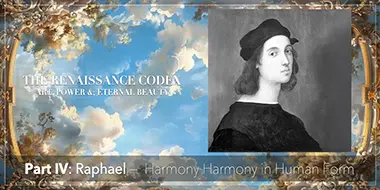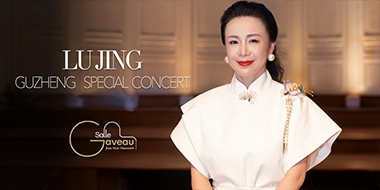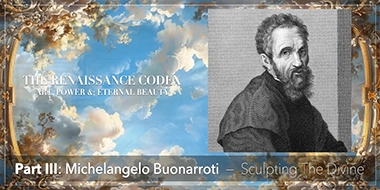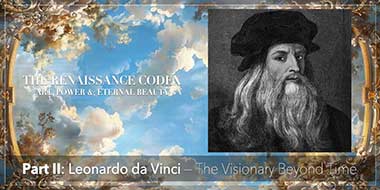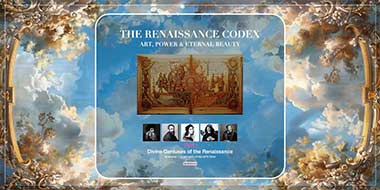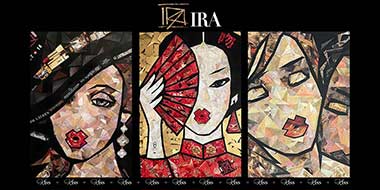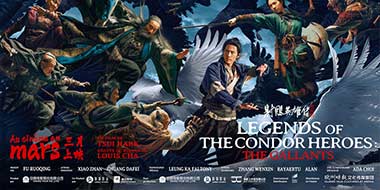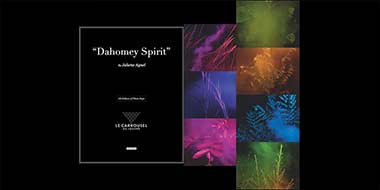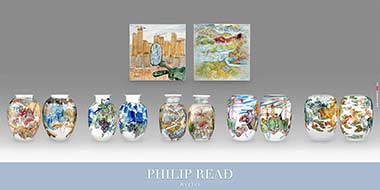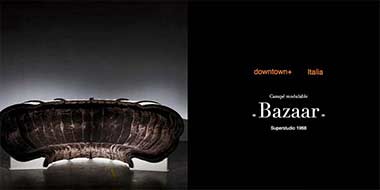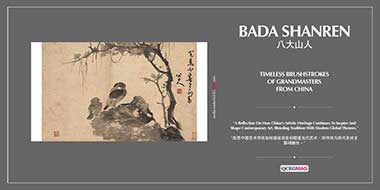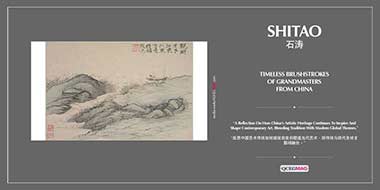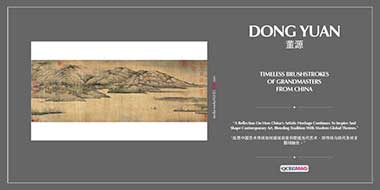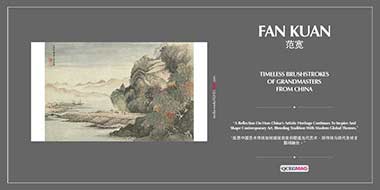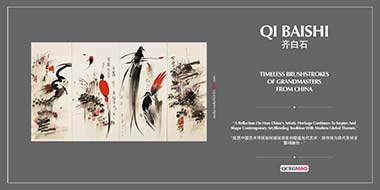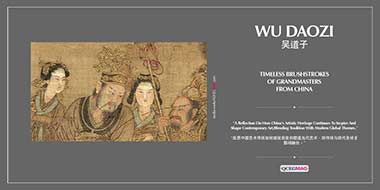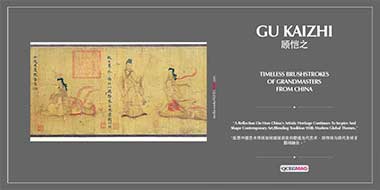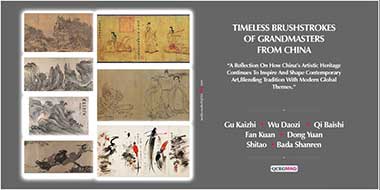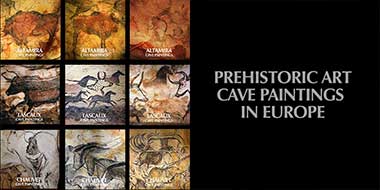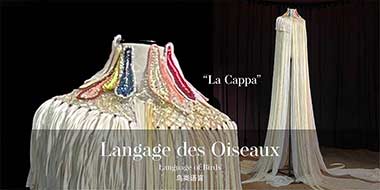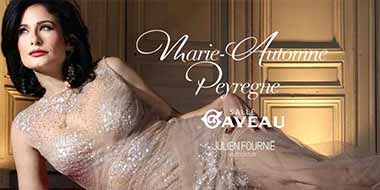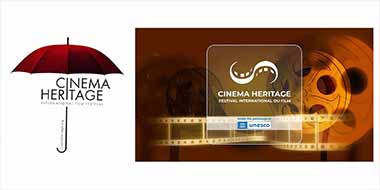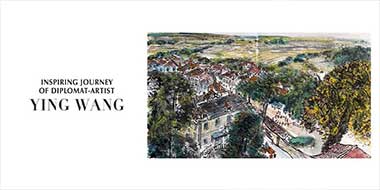LIVING ARTS
TIMELESS BRUSHSTROKES OF MASTERS FROM CHINA
“A Reflection On How China’s Artistic Heritage Continues To Inspire And Shape Contemporary Art, Blending Tradition With Modern Global Themes.”
ARTICLE BY MEEKAR -
TIMELESS BRUSHSTROKES OF GRANDMASTERS FROM CHINA
“A Reflection On How China’s Artistic Heritage Continues To Inspire And Shape Contemporary Art,Blending Tradition With Modern Global Themes.”
“The works of Chinese grandmasters have profoundly influenced contemporary Chinese art, serving as both a foundation and a point of entry for modern artists. Today’s Chinese artists often draw on traditional themes and techniques, reinterpreting them in the context of modern society. The integration of traditional Chinese aesthetics with contemporary issues such as globalisation, environmentalism, and individual expression reflects ongoing dialogue between the past and present in Chinese art.
Modern Chinese art, whether in painting, sculpture, or new media, continues to be shaped by the legacies of Chinese grandmasters. The principles of balance, harmony, and the deep connection to nature that were central to classical Chinese art are still evident, though often reimagined in innovative and unexpected ways. Contemporary Chinese artists are not only preserving their cultural heritage but also pushing its boundaries, creating a vibrant and diverse art scene that resonates on both a national and global scale.”
— MeeKar

In modern China, the influence of the country’s revered artistic grandmasters continues to serve as both a foundation and a driving force for contemporary artists. The rich legacy of figures like
Today’s Chinese artists often draw on traditional themes and methods, not merely as acts of homage, but as tools to engage with and critique the complexities of the modern world. The integration of classical Chinese aesthetics with contemporary issues, such as globalization, environmentalism, and individual identity, reflects the enduring relevance of the past in shaping the present.
Globalisation has significantly impacted contemporary Chinese art, exposing artists to a broad spectrum of international influences. Yet, rather than diluting their cultural identity, many Chinese artists blend global trends with traditional techniques, creating works that are distinctly Chinese yet resonate with a universal audience. This fusion of old and new allows contemporary Chinese art to maintain its cultural roots while engaging with global themes.
Environmentalism, a theme deeply rooted in traditional Chinese respect for nature, has become a central focus in modern Chinese art. The landscapes once depicted by masters like
The exploration of individual expression, a theme championed by historical figures like
Across various mediums, whether painting, sculpture, or new media, contemporary Chinese art remains deeply influenced by the legacy of its great grandmasters. Principles such as balance, harmony, and a profound connection to nature, central to classical Chinese art, continue to be reimagined in innovative ways. The use of space, the emphasis on simplicity, and the integration of text and image are traditional techniques that contemporary artists adopt to explore new ideas and themes.
The Chinese art community today not only preserves its rich cultural heritage but also pushes its boundaries, fostering a vibrant and diverse art scene that resonates both nationally and globally. In this dynamic landscape, Chinese artists navigate the balance between respecting tradition and pursuing creative innovation.
As we reflect on the state of contemporary art in modern China, it is clear that the dialogue between the past and present remains a powerful force. The works of contemporary artists bear witness to the lasting influence of China’s artistic heritage, while also addressing the evolving realities of modern life. This ongoing conversation between tradition and innovation ensures that the legacy of China’s esteemed masters continues to inspire and shape the future of art in China and beyond.
TIMELESS BRUSHSTROKES OF GRANDMASTERS FROM CHINA
“A Reflection On How China’s Artistic Heritage Continues To Inspire And Shape Contemporary Art,Blending Tradition With Modern Global Themes.”
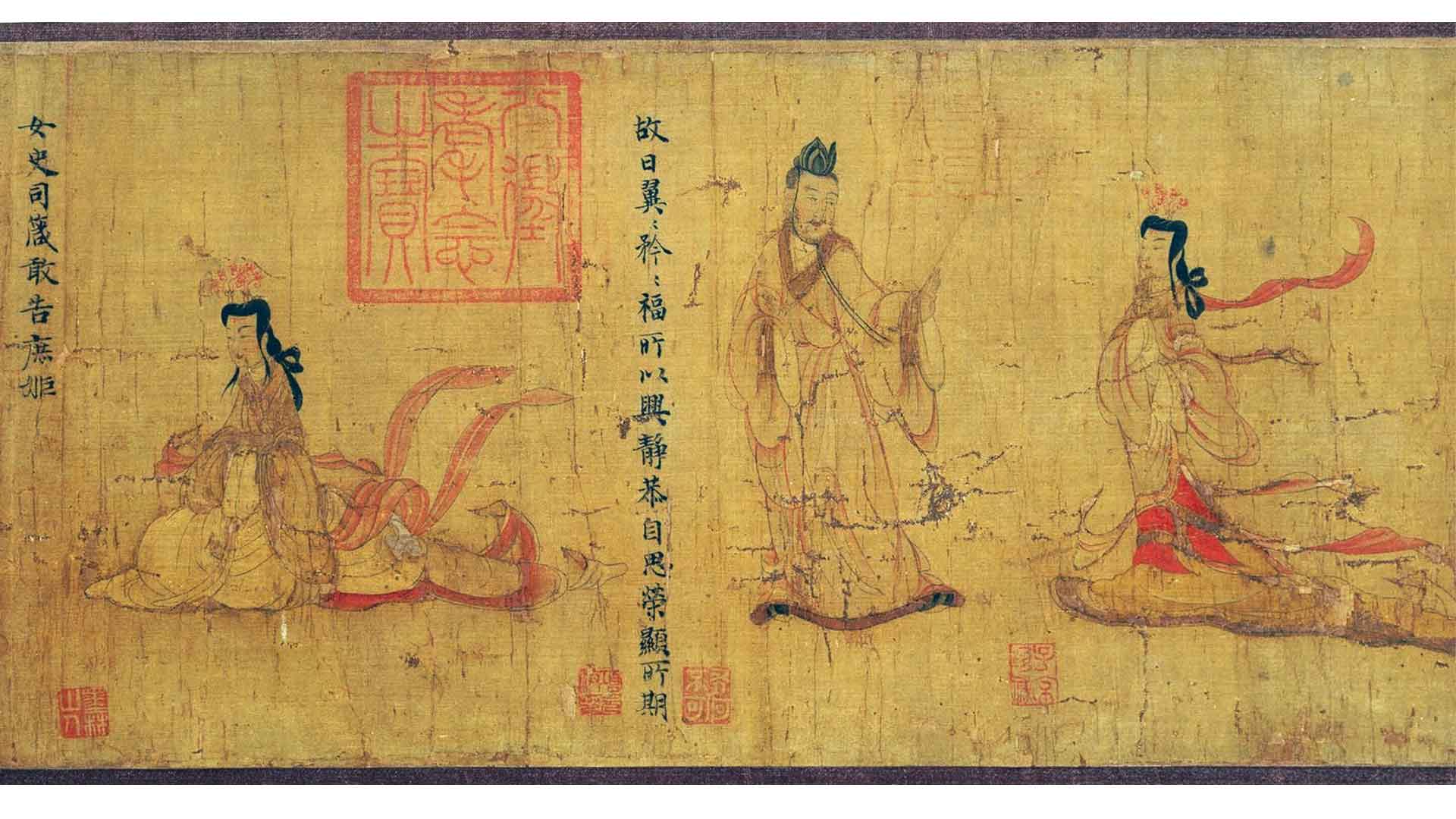

Gu Kaizhi, often hailed as the father of Chinese painting, is renowned for his mastery of figure painting and his profound ability to convey the spirit and emotions of his subjects. His most famous work, Admonitions of the Instructress to the Court Ladies, exemplifies his delicate brushwork and keen sense of narrative.
Gu Kaizhi's legacy is reflected in contemporary Chinese figure painting, where artists continue to emphasize the emotional and spiritual depth of their subjects. His technique of using thin, expressive lines to depict figures has been adapted in modern ink and wash paintings, which explore new themes while maintaining a connection to traditional methods.

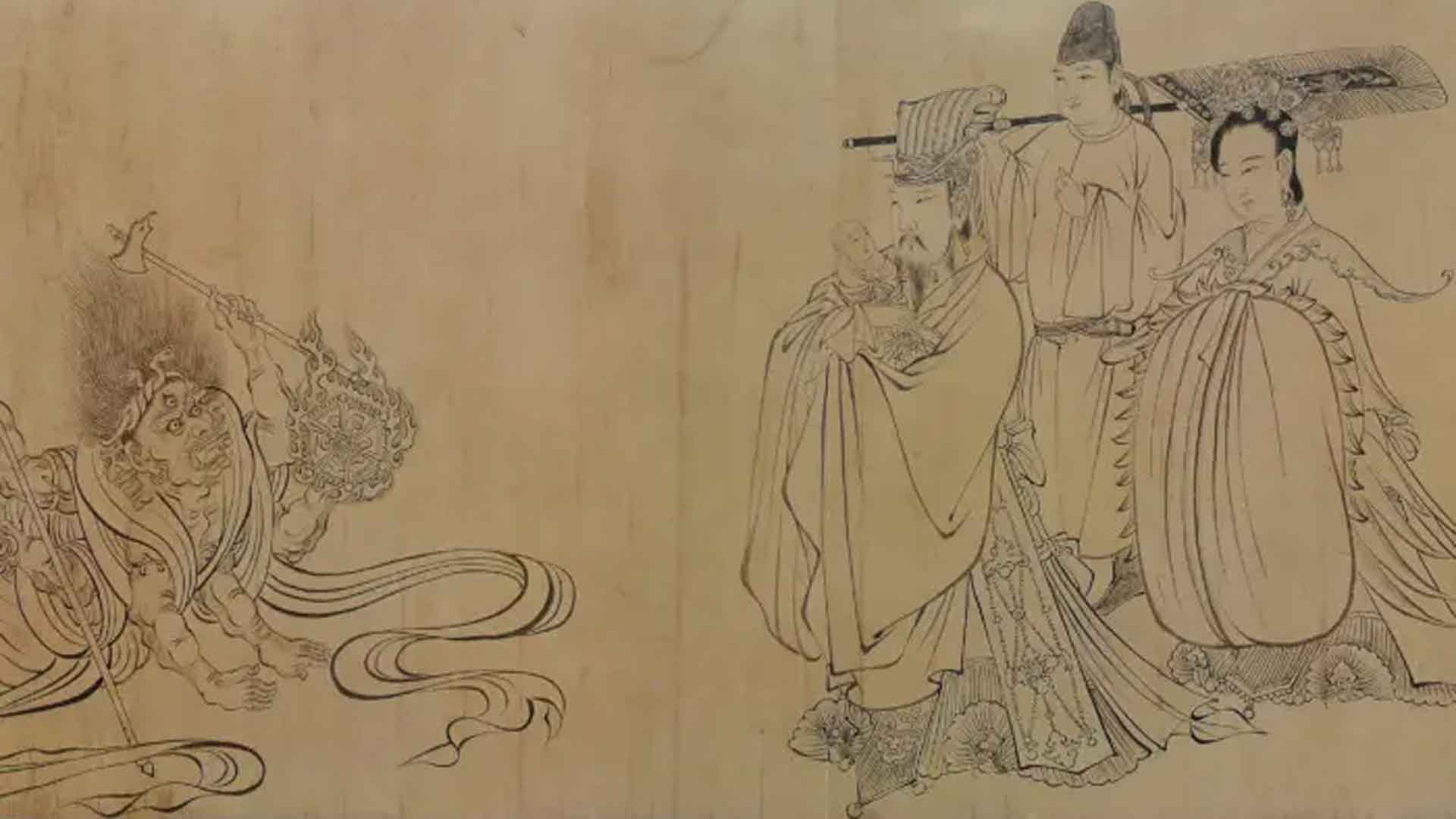

Wu Daozi, known as the “Sage of Painting”, was a master of landscape painting during the Tang Dynasty. His dynamic brushstrokes and vivid depictions of nature set a standard for Chinese landscape painting. His works were more about conveying the essence of the subject rather than its precise details.
Wu Daozi's approach to capturing the spirit of the landscape rather than its exact form is echoed in contemporary Chinese landscape art. Modern artists often incorporate abstract elements into their landscapes, drawing on Wu Daozi’s philosophy of capturing the essence of nature. His influence is also seen in the continued importance of landscape painting in Chinese art.

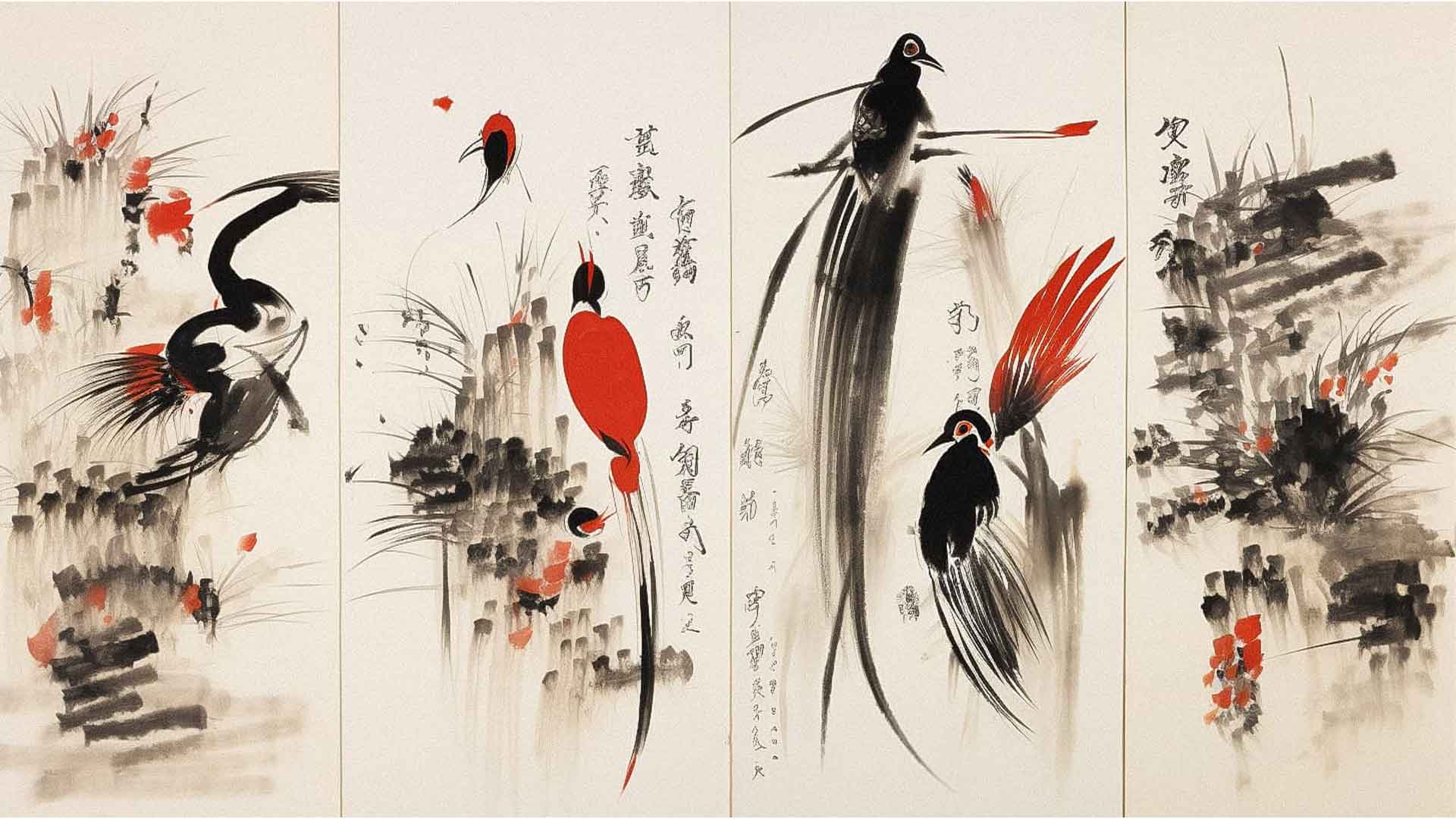

Qi Baishi, one of the most famous painters of modern China, is known for his vibrant depictions of nature, particularly plants, insects, and animals. His style, characterized by bold colours and playful compositions, reflects a deep connection to the natural world.
His work has inspired contemporary Chinese artists to explore the use of colour and composition in new ways. His emphasis on the beauty of everyday subjects resonates in modern art that seeks to find extraordinary meaning in ordinary life. Qi’s approach to capturing the essence of his subjects has influenced contemporary artists working in both traditional and modern media.

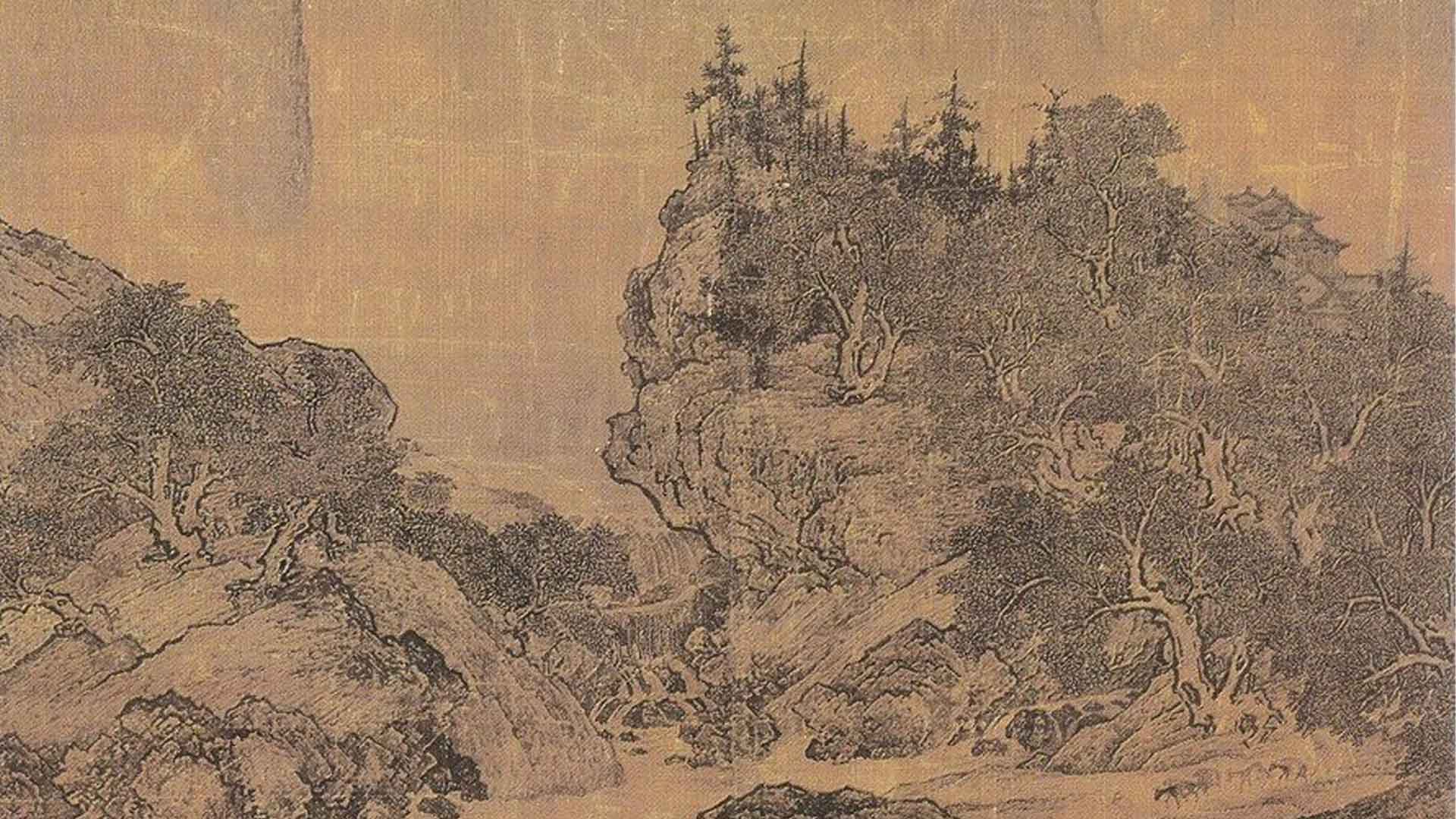

Fan Kuan, a Song Dynasty painter, is celebrated for his monumental landscape painting, Travelers Among Mountains and Streams. He is known for his detailed, layered compositions that convey the grandeur of nature, emphasizing the smallness of humanity in comparison to the vastness of the natural world.
Fan Kuan's focus on the sublimity of nature continues to inspire contemporary Chinese landscape artists. His emphasis on scale and perspective has been adapted in modern works, where artists use these techniques to comment on environmental issues and the relationship between humans and nature in the modern world.

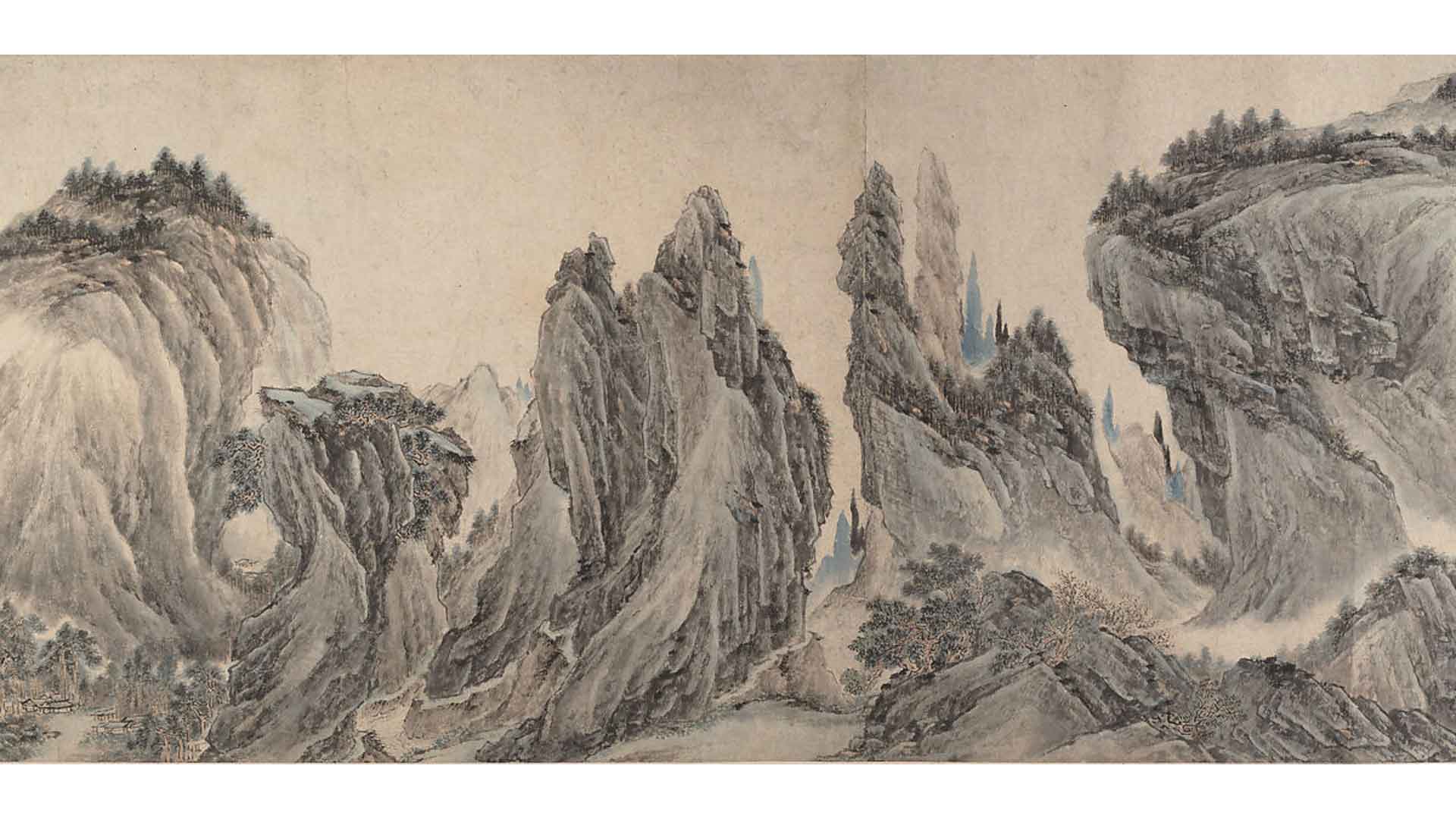

Dong Yuan was a prominent landscape painter during the Five Dynasties and Ten Kingdoms period. He is known for his soft, rolling hills and gentle rivers, depicted with a calm and harmonious brushwork. His style, known as the Jiangnan style, focused on the serene and idyllic landscapes of southern China.
Dong Yuan’s influence is evident in the tranquil landscapes found in contemporary Chinese art. Many modern artists have adopted his techniques to explore themes of harmony between nature and humanity, often using similar brushwork to create a sense of peace and balance in their compositions.

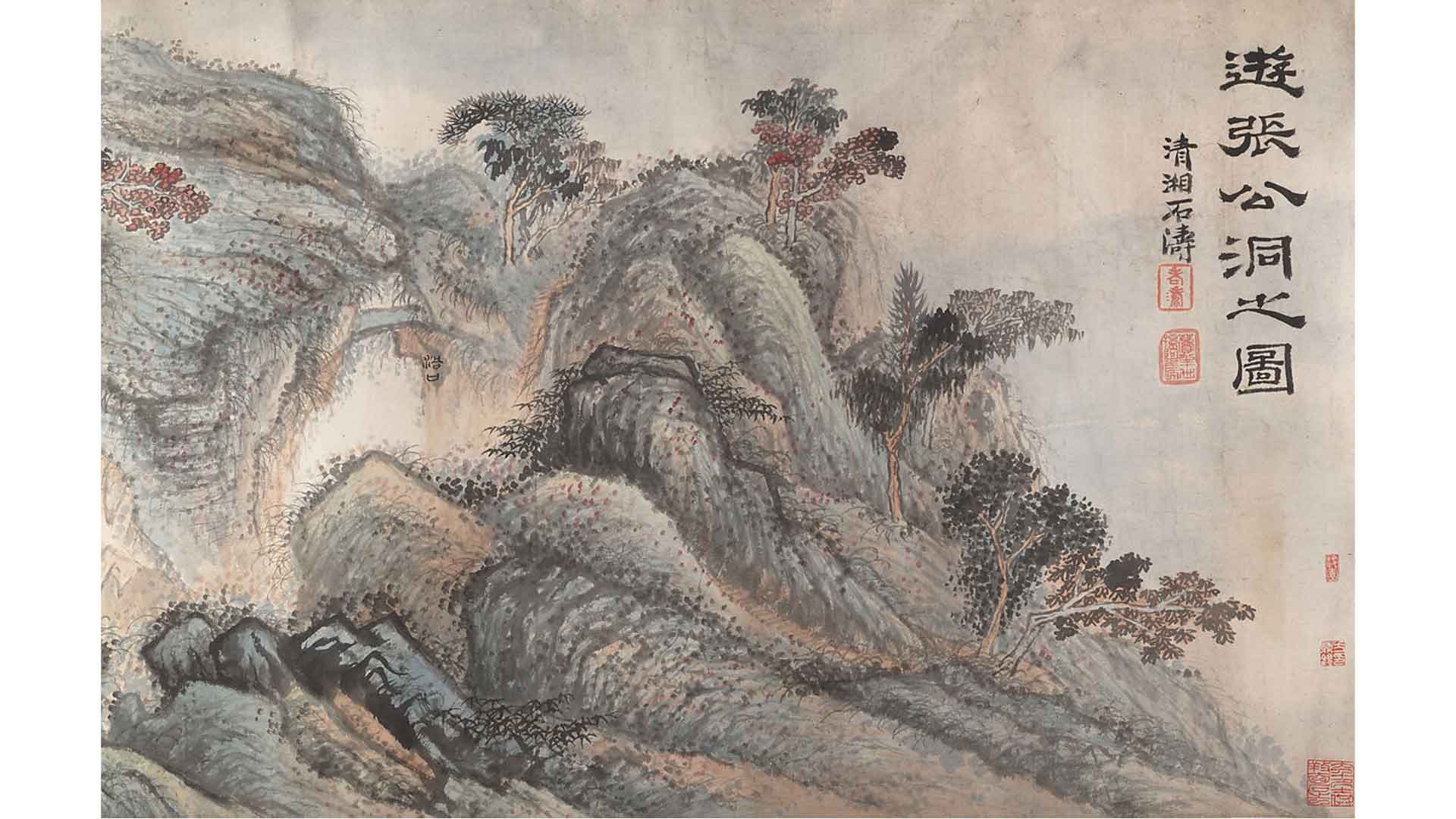

Shitao was a painter of the early Qing Dynasty, known for his highly individualistic style that broke away from the strict formalism of earlier periods. His works are characterized by bold, expressive brushstrokes and a focus on spontaneity and self-expression.
Shitao’s emphasis on individualism and innovation resonates strongly with contemporary Chinese artists who seek to break away from traditional conventions. His approach has inspired a new generation of artists to experiment with form, technique, and subject matter, blending traditional and modern elements in their work.

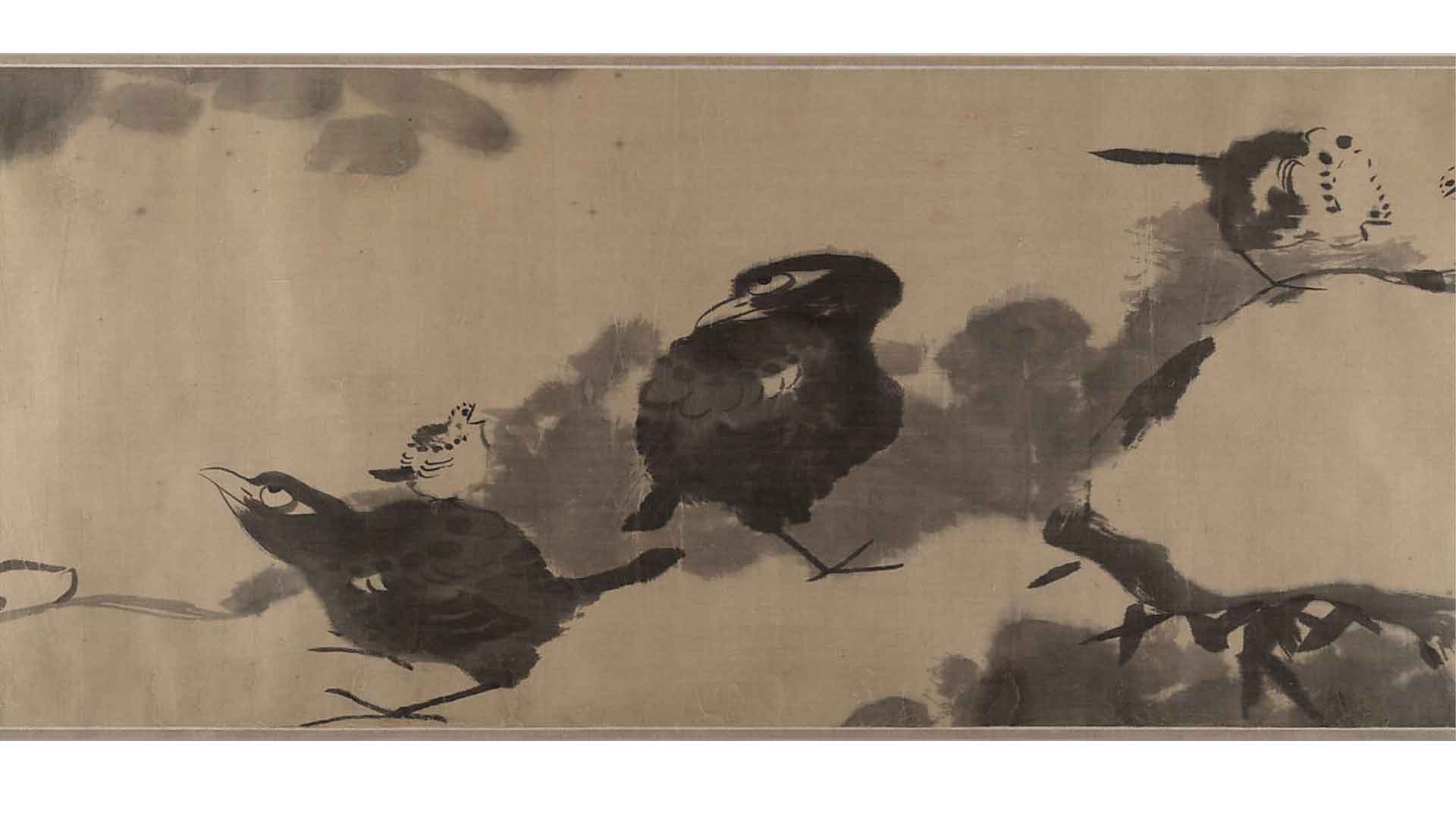

Bada Shanren, a painter and calligrapher of the early Qing Dynasty, was known for his eccentric, almost abstract works that often featured birds, fish, and flowers. His work is seen as a precursor to modern Chinese ink painting, with its emphasis on emotional expression and symbolism.
Bada Shanren's abstract and symbolic style has had a profound impact on modern Chinese ink painters who explore abstract art forms. His work is particularly influential in the contemporary revival of Chinese ink painting, where artists continue to push the boundaries of traditional ink techniques to explore new expressions and concepts.







